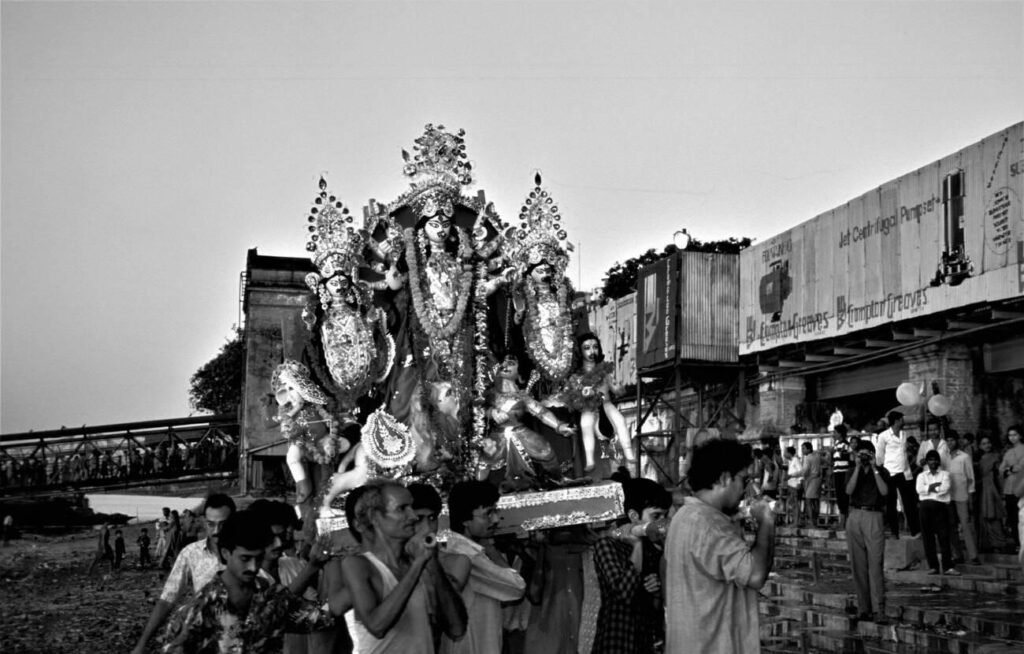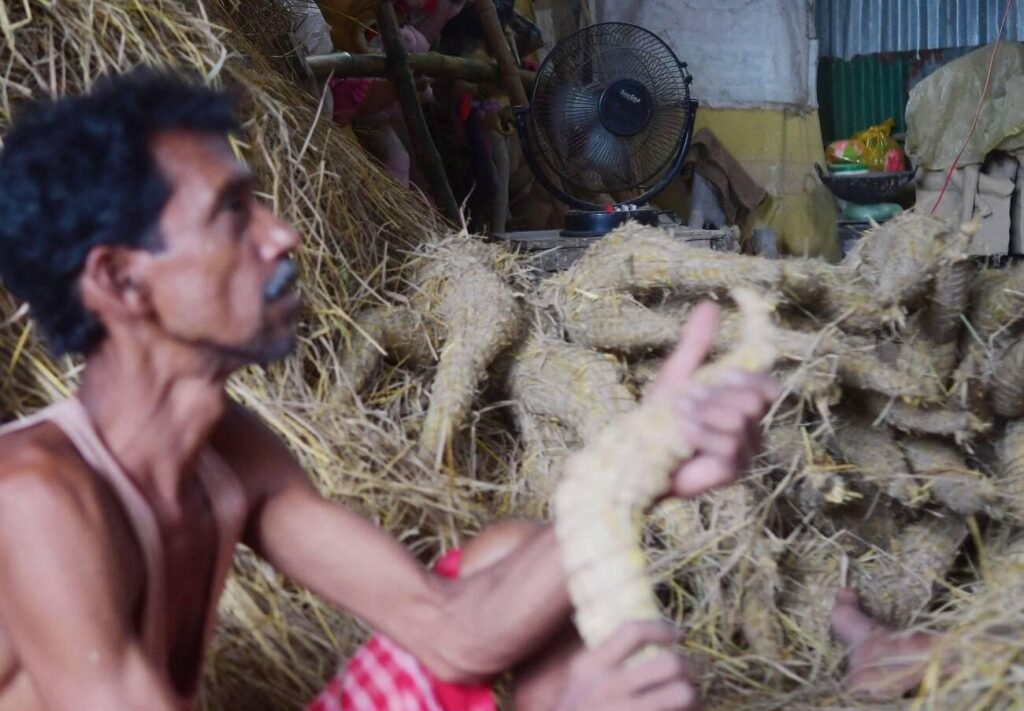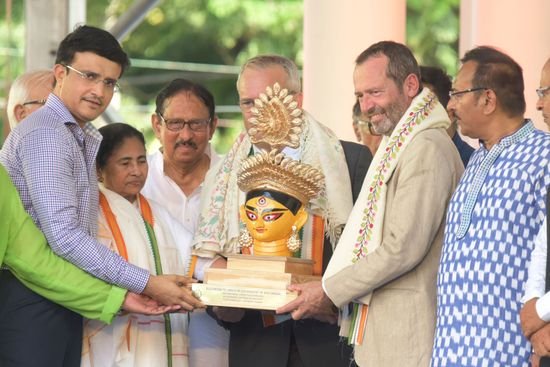Durga Puja in Kolkata is not just a festival; it is a cultural, artistic, social, and economic phenomenon that has grown over centuries to become a defining feature of the city. Its fame is rooted in its historical origins, artistic grandeur, community involvement, and significant economic impact.

Historical Origins and Evolution

The celebration of Durga Puja in Bengal dates back to the late medieval period, but its prominence in Kolkata began during the British colonial era. Wealthy zamindars (landowners) initially organized the festival as private events to showcase their affluence. Over time, these private celebrations evolved into community-based pujas, known as Barowari pujas, with the first recorded community puja held in Kolkata in 1910. This shift marked the democratization of the festival, making it accessible to all sections of society.
The historical roots of Durga Puja are intertwined with Bengal’s cultural identity. The goddess Durga represents Shakti (divine feminine energy) and her victory over Mahishasura symbolizes the triumph of good over evil—a theme resonating deeply with Bengali ethos.
Artistic Excellence

One of the defining features of Durga Puja in Kolkata is its unparalleled artistic expression. The creation of idols and pandals involves months of meticulous planning and craftsmanship. The clay idols are traditionally sculpted in Kumartuli, a neighborhood renowned for its artisans who follow ancient techniques described in Hindu scriptures like the Vishvakarma Shastra. These idols often depict Goddess Durga slaying Mahishasura, surrounded by her children—Lakshmi, Saraswati, Kartikeya, and Ganesha.
Pandals are temporary structures that serve as venues for worship and cultural events. They are designed as thematic art installations, often inspired by global architecture, social issues, or mythological stories. For instance:
- Materials Used: Bamboo, cloth, thermocol, and eco-friendly materials are employed to construct pandals.
- Themes: Pandals have showcased replicas of famous landmarks like the Eiffel Tower or addressed pressing issues such as environmental conservation.
Durga Puja’s artistic grandeur has earned international recognition. In 2021, UNESCO inscribed Kolkata’s Durga Puja on its Representative List of Intangible Cultural Heritage of Humanity.
Social and Cultural Impact

Durga Puja fosters a unique sense of community spirit in Kolkata. It transcends religious boundaries and unites people from diverse backgrounds. Community pujas are organized through collective efforts involving residents who contribute funds and volunteer their time.
The festival is also a platform for cultural performances:
- Dance and Music: Traditional Bengali folk music and classical dance forms are performed.
- Theater: Plays based on mythological stories or contemporary issues are staged at pandals.
- Food Culture: Food stalls offering Bengali delicacies like khichuri, bhog, rosogolla, and puchka (pani puri) add to the festive atmosphere.
Pandal-hopping is a popular activity during Durga Puja nights when families visit multiple pandals across the city to admire their decorations and participate in rituals.
Economic Significance

Durga Puja contributes significantly to Kolkata’s economy:
- Employment Generation: Thousands of artisans, electricians, decorators, performers, caterers, and vendors find work during this period.
- Tourism Boost: Millions visit Kolkata during Durga Puja from across India and abroad.
- GDP Contribution: A British Council report estimated that Durga Puja contributed ₹32,377 crores ($4.5 billion) to West Bengal’s GDP in 2019—approximately 3% of the state’s economy.
Spending on pandal construction, idol-making, advertising campaigns, food stalls, transportation services, and retail shopping drives economic activity during this period.
Global Recognition

The inclusion of Kolkata’s Durga Puja in UNESCO’s list has further elevated its global stature. This acknowledgment highlights the festival’s role in preserving traditional knowledge while adapting to modern contexts. It has also boosted international tourism and inspired other cities to emulate Kolkata’s style of celebration.
Conclusion
Durga Puja’s fame in Kolkata stems from its deep historical roots, artistic brilliance, communal harmony, and economic influence. It is not merely a religious observance but an immersive experience that showcases Bengal’s rich cultural heritage to the world. From intricately designed idols to dazzling pandals and vibrant community participation, Durga Puja epitomizes the spirit of Kolkata—a city that celebrates life with unmatched passion and creativity.
Also, read
